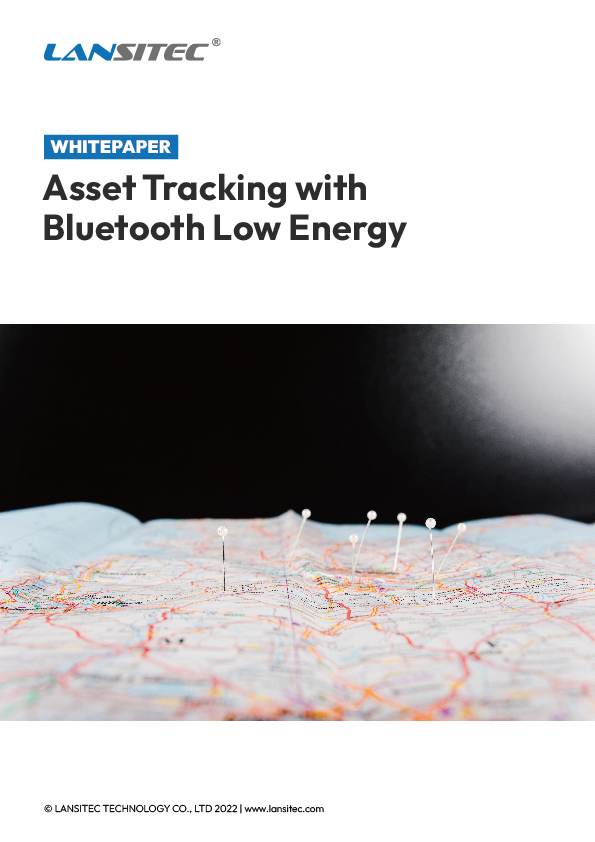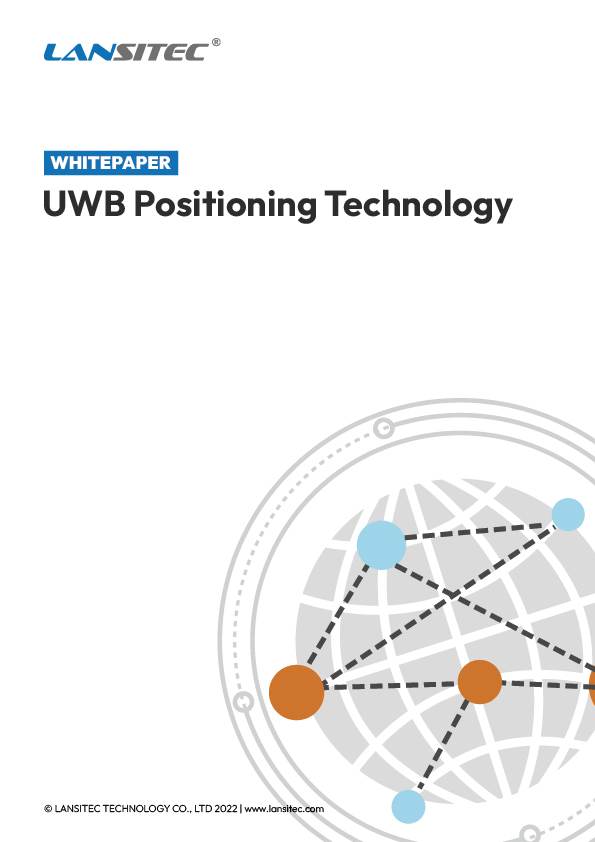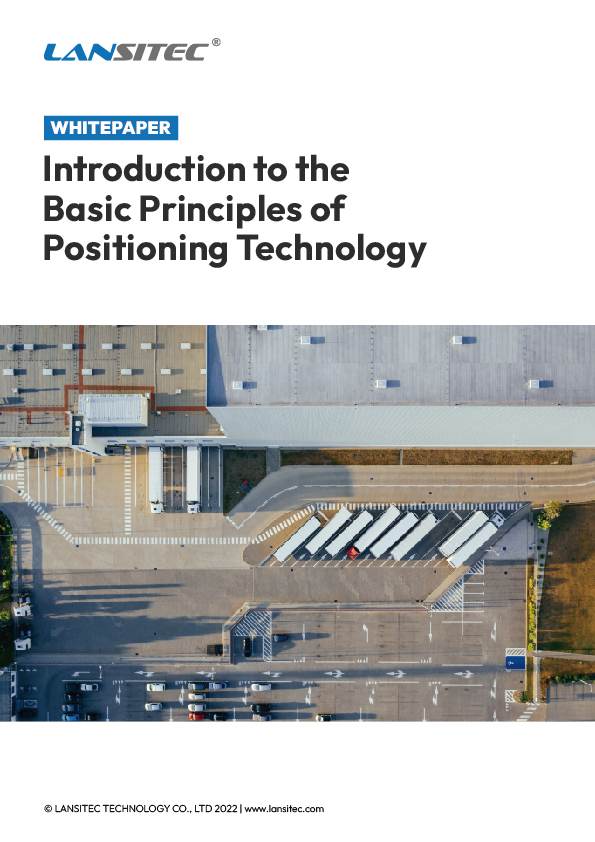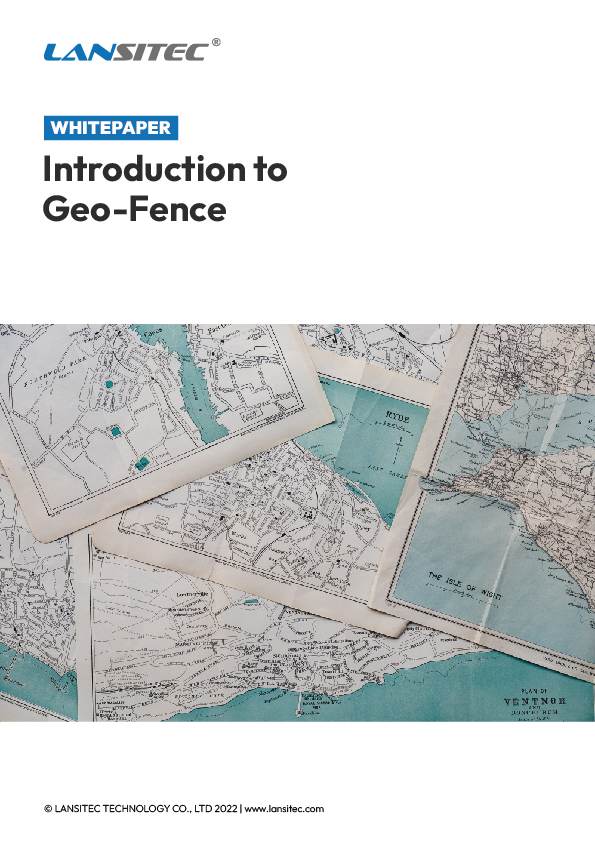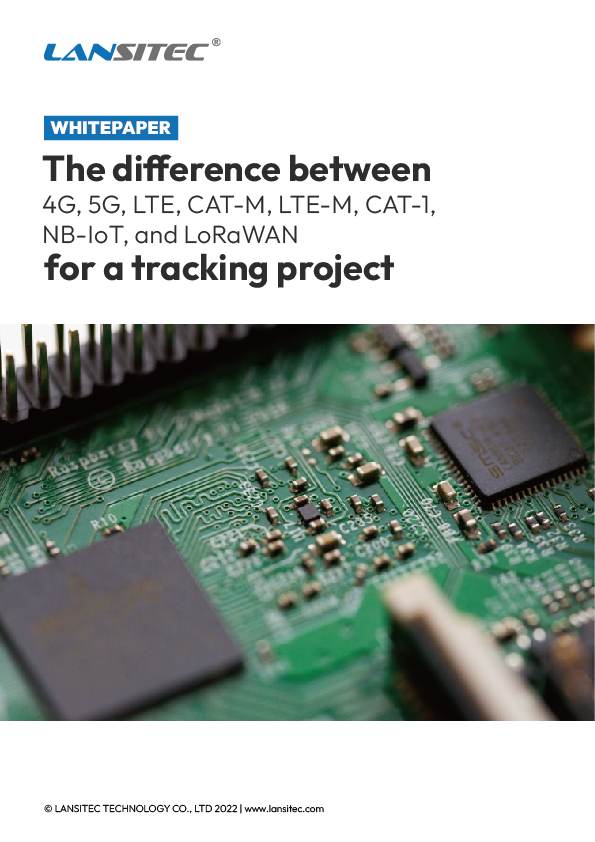Introduction to MetroLink Technical Deployment
Following the success of MetroLink’s deployment of Lansitec’s B011 Helmet Beacons for underground worker safety, the next logical step is a technical breakdown. This part of the case study explores how MetroLink implemented a full-stack positioning infrastructure underground, relying on Bluetooth 5.1 Angle of Arrival (AoA) technology, macro/solar gateways, and LoRaWAN-based backhaul to deliver a seamless, real-time location tracking system.
By blending accuracy, battery efficiency, and connectivity resilience, MetroLink’s system proves that Bluetooth AoA combined with LoRaWAN is a powerful and scalable architecture for complex subterranean environments, including metro rail infrastructure.
Core Components
B011 Helmet Beacon
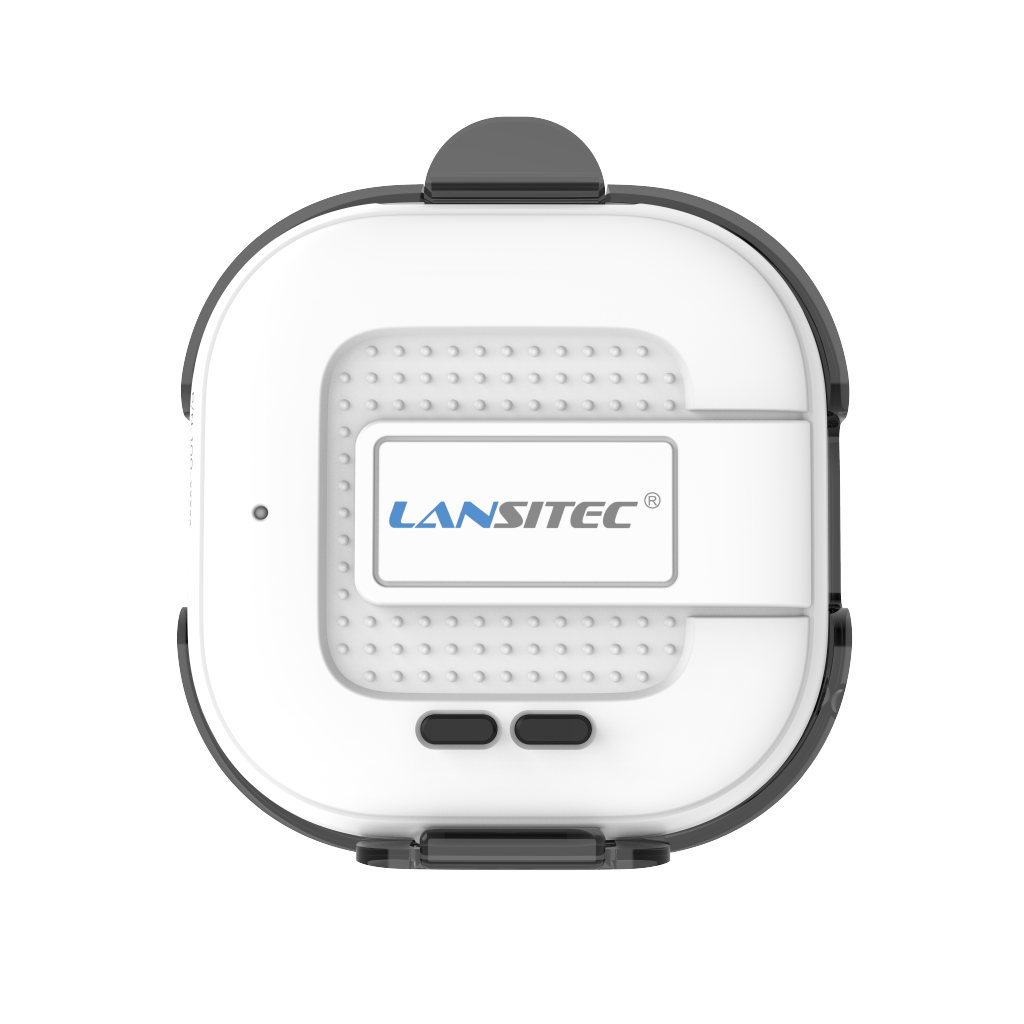
The B011 served as the primary wearable device, selected for its:
- Bluetooth 5.1 AoA support
- 1200mAh rechargeable battery (1-year runtime at 0.5s intervals)
- IP66 ingress protection
- An optional buzzer for audio alerts and worker recall
- Adjustable advertising intervals: 100ms to 10s
- Weight: only 90g — ideal for helmet mounting
These beacons constantly broadcast positioning packets. When received by surrounding gateways equipped with AoA antenna arrays, they enable 2D trilateration to estimate precise location.
Macro Bluetooth Gateways (LoRaWAN)
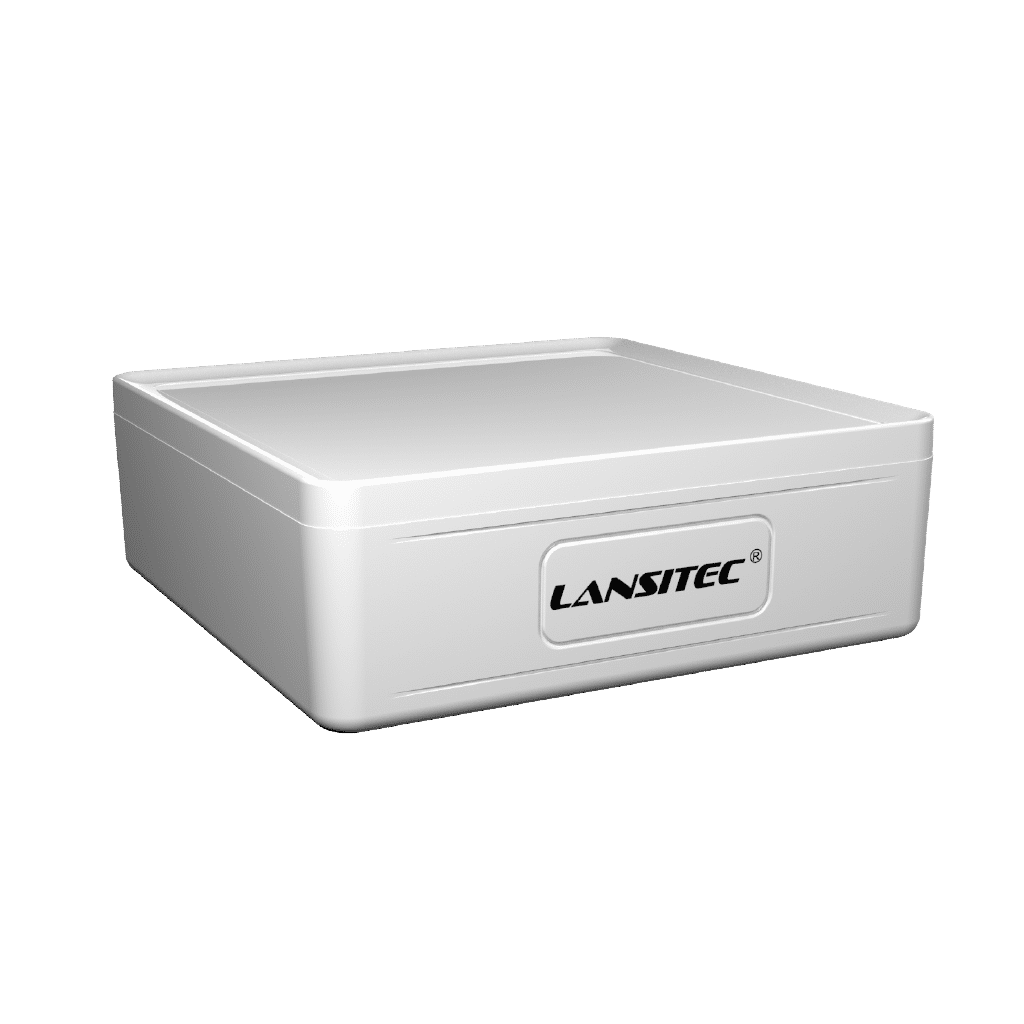
Installed every 80–100 meters within the tunnels, these gateways:
- Receive BLE packets from nearby beacons (range ~100–150m line-of-sight)
- Use AoA antenna arrays to calculate signal direction
- Relay position data to the LoRaWAN server via long-range uplinks
- Feature 38,000mAh batteries, providing 3–5 years of autonomous operation
- Are IP66-rated and industrial-grade for underground conditions
Indoor & Solar Bluetooth Gateways
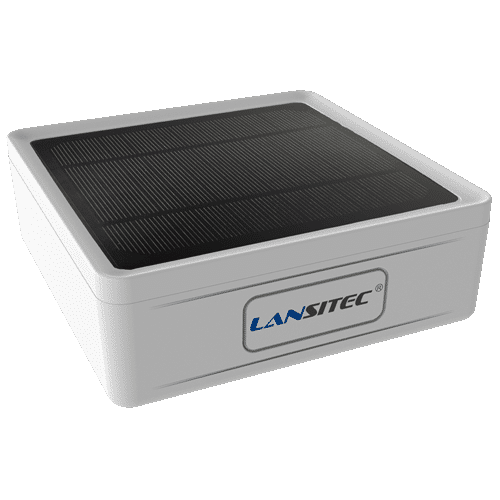
- Indoor Gateways: Installed in technical rooms, depots, control centers (PoE-powered, ceiling mounted)
- Solar Gateways: Used above ground at tunnel entry points and in service yards
- Equipped with 5300mAh solar-rechargeable batteries
- Designed for continuous operation, even in overcast conditions
- Report via LoRaWAN just like macro gateways
LoRaWAN Network
The LoRaWAN infrastructure was the backbone of the communication flow:
- Provided low-power, long-range uplink connectivity from all gateways
- Encrypted with AES-128
- Operated on the AU915 band to comply with regional regulations
- Centralized data routed to MetroLink’s control system for visualization, alerts, and analytics
Bluetooth AoA Positioning: How It Works
Bluetooth Angle of Arrival (AoA) is the key technology behind MetroLink’s precise underground worker tracking.
Here’s how it operates in the field:
- The B011 Beacon emits a Bluetooth signal at intervals (e.g., every 500ms).
- At least two AoA-enabled gateways receive the signal simultaneously.
- Each gateway calculates the angle from which the signal arrived using its antenna array.
- The system triangulates the beacon’s position by overlaying angles from multiple gateways.
- The position is sent via LoRaWAN to the control center.
Positioning Accuracy Achieved:
- Average: 1.5–3 meters
- In optimal tunnel geometry: up to 1 meter
- In congested areas (e.g., junctions): ~3.5 meters due to signal reflection
Deployment Planning
Signal Survey & Coverage Mapping
Before full rollout, MetroLink’s tech team conducted a tunnel-wide RF survey using demo beacons and signal sniffers to:
- Identify high-reflection zones (metal grates, curved walls)
- Optimize gateway spacing (tighter in curves/intersections)
- Ensure redundancy (3 gateways per zone for triangulation)
Typical Gateway Layout:
- Straight Tunnels: 1 per 80–100 meters
- Junction Zones: 3 in a triangle pattern every 50 meters
- Emergency Escape Shafts: 1 Solar Gateway at surface
Deployment Phases
Phase 1: Central Loop Pilot
- 12-km test section
- 50 beacons issued to field techs
- 40 macro gateways deployed
- Solar units tested at 3 surface portals
Results:
- 95% location coverage
- 3m accuracy median
- The fall detection pilot was tested with positive feedback
Phase 2: Network-Wide Rollout
- 400 Helmet Beacons issued
- 325 Macro Gateways installed
- 45 Indoor Gateways placed in stations and hubs
- 30 Solar Gateways for external access zones
Data Flow & Platform Integration
- Beacon Transmits → Gateway Receives (AoA)
- Gateway calculates the location and encrypts the payload
- LoRaWAN Gateway Uplink
- Range: 1.5–2km even in an urban environment
- Uplink rate: 1 location packet every 5 seconds (configurable)
- The central server receives and decodes the payload
- Control room operators’ view:
- Live map of personnel
- Geofence status
- Alerts (fall, SOS, zone violations)
- Equipment location (via Container Trackers)
Data was fed into MetroLink’s SCADA-compatible dashboard via API bridge.
Key Challenges and Solutions
|
Challenge |
Resolution |
|---|---|
|
Signal reflection in tight tunnels |
Extra gateway density + adaptive triangulation |
|
Battery access for ceiling-mounted units |
All devices selected with 3–5 year batteries |
|
Worker adoption |
Simple plug-and-play design; no UX learning |
|
Beacon collision at high density |
Staggered advertising intervals by location |
System Security and Resilience
- Encryption: AES-128 on both Bluetooth and LoRaWAN layers
- Fail-safes:
- Local caching: gateways store 40 recent positions if the connection fails
- SOS button functionality even during temporary uplink outages
- FOTA (Firmware Over-the-Air): Supported on gateways and beacons for remote updates
Lessons Learned
Fine-Tuning AoA Algorithms
MetroLink collaborated with Lansitec’s engineers to:
- Calibrate antennas for tunnel curvature
- Tune algorithms to compensate for bounce interference
- Use filtered RSSI + AoA fusion for edge accuracy
Infrastructure Redundancy is Non-Negotiable
Dual-layer coverage (AoA + fallback zone triangulation) ensured worker positions could be resolved even with a failed node.
Gateway Battery Planning Matters
Macro gateways required less frequent servicing, but battery modeling was essential, including temperature-based drain rate simulations.
Future Expansion: Technical Plans
MetroLink’s roadmap includes:
- Edge AI modules at gateways for local anomaly detection
- Temperature sensors in beacons for fire safety alerting
- Zone-specific alerts via buzzer feedback (e.g., entering hazard zones)
- Contractor Beacon Pooling: a temporary beacon issuance system with expiration protocols
Conclusion
The technical success of MetroLink’s Bluetooth AoA tracking deployment lies in planning, device synergy, and operational realism. By combining Lansitec’s B011 Helmet Beacons, Macro Gateways, Solar units, and LoRaWAN connectivity, the authority achieved a system that is not only precise but rugged, autonomous, and scalable.
In today’s metro infrastructure, safety is no longer a manual task. It’s engineered, wireless, and always-on.
Improving Metro Safety and Efficiency with Real-Time Tracking: The MetroLink – Lansitec Partnership – Lansitec

